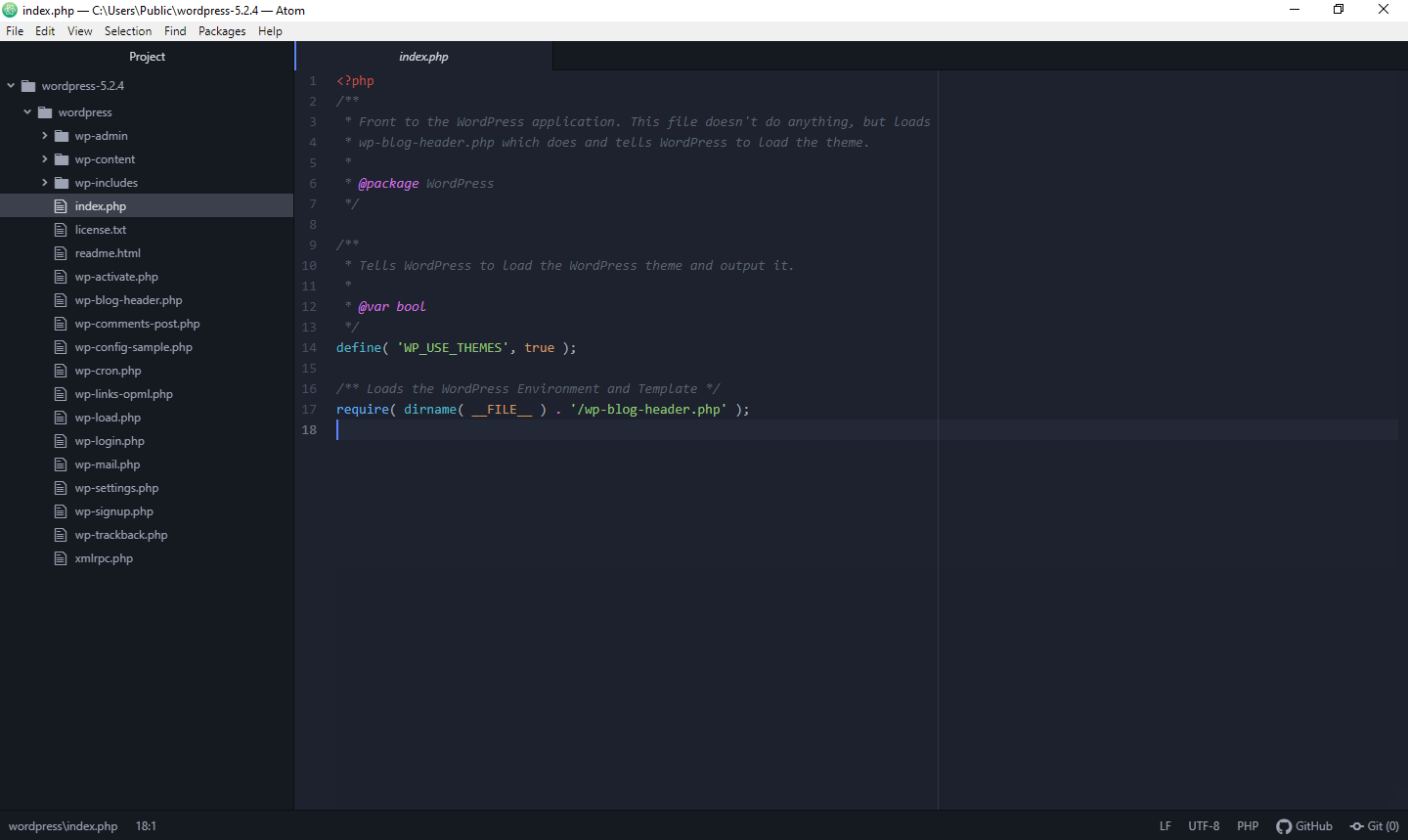

For developer guidance, see Defining Relevant Shortcuts for Your App. The information you supply lets the Siri watch face intelligently display your shortcut to people when they’re in the appropriate context.įor design guidance, see Siri (watchOS). To have a shortcut appear on the Siri watch face, you define a relevant shortcut by including information like the time of day at which your shortcut is relevant and how the shortcut should be displayed on the Siri watch face. You can also make shortcuts available on the Siri watch face. For example, people can ask Siri, tap a shortcut complication on a watch face, or use the Shortcuts app available in watchOS 7 and later. On Apple Watch, people can run shortcuts in several ways. For developer guidance, see Suggesting Shortcuts to Users. Also, your app can display an Add to Siri button that people can use to enable a suggested shortcut while they’re in your app. Suggested shortcuts appear in both the Gallery and the shortcut editor in the Shortcuts app. For example, if people use a coffee-ordering app to order their daily coffee but not to order a holiday special, the app might still want to give them a way to do this with an Order holiday coffee shortcut. If your app supports an action that people haven’t performed yet but might find useful, you can provide a suggested shortcut to the system so that people can discover it. Suggest Shortcuts People Might Want to Add to Siri For developer guidance, see Donating Reservations. When you donate a reservation, it can appear on the lock screen with a suggestion to check in with your app or as a reminder that uses current traffic conditions to recommend when people should leave. These items - like ticketed events, travel itineraries, or reservations for restaurants, flights, or movies - automatically appear as suggestions in Calendar or Maps. If your app handles reservations, consider donating them to the system. For developer guidance, see Deleting Donated Shortcuts. When people create a shortcut themselves, only they can delete it. For example, if people delete a contact in a messaging app, the app should delete donations for messaging that contact. If information required by a donated action no longer exists, your app should delete the donation so the shortcut isn’t suggested anymore. Remove donations for actions that require corresponding data. (For developer guidance, see Improving Siri Media Interactions and App Selection.) Similarly, a media app should donate information about a song - like its title and album - only when people are actually listening to it.

For example, a coffee-ordering app should donate the Order coffee shortcut every time people order coffee, but it shouldn’t make this donation when people do something else, like browse the menu. Only donate actions that people actually perform.

When you donate a shortcut each time people perform the associated action, you help the system more accurately predict the best time and place to offer the shortcut.
Make a donation every time people perform the action. For developer guidance, see Donating Shortcuts. You can also tell the system about shortcuts for actions people haven’t taken yet or make a shortcut available on the Siri watch face (for guidance, see Suggest Shortcuts People Might Want to Add to Siri and Display Shortcuts on the Siri Watch Face).


 0 kommentar(er)
0 kommentar(er)
